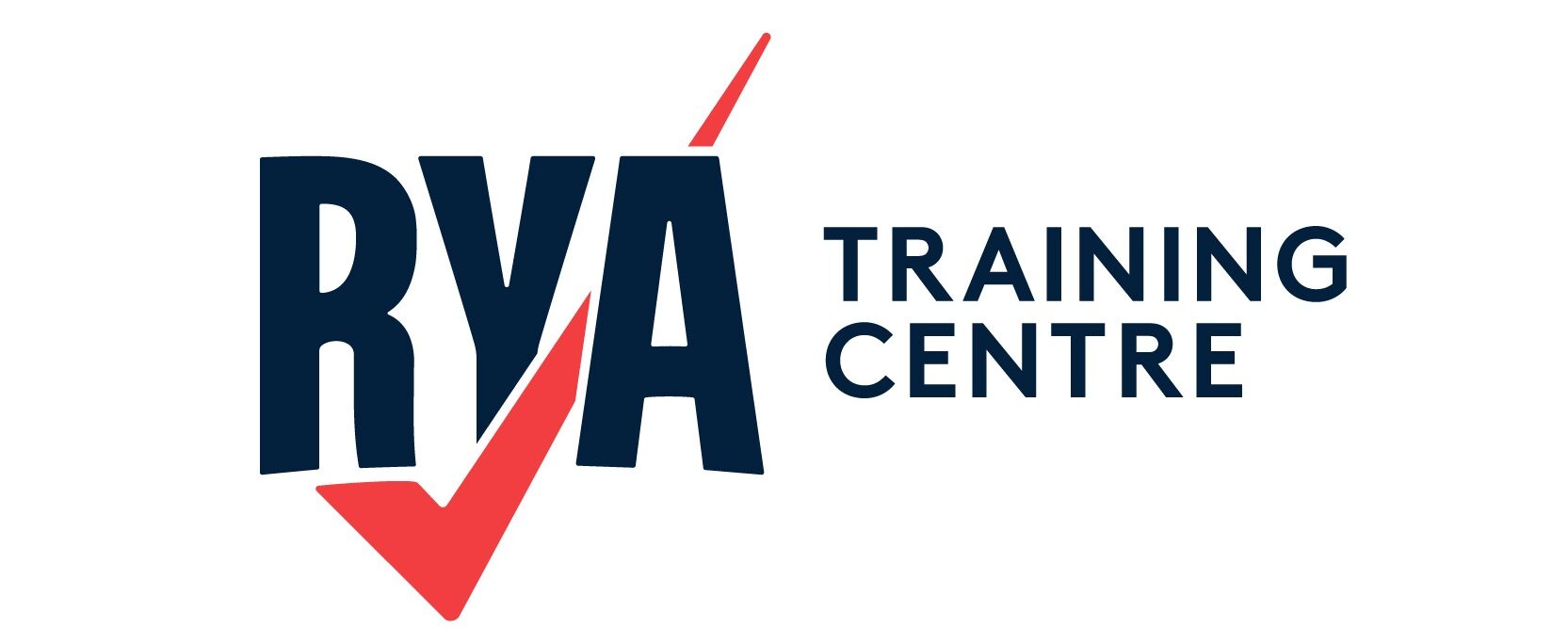 In the age of modern technology, pilotage has become a very simplified procedure. It’s very easy to follow directions given by a GPS, however, where’s the fun in that?!
In the age of modern technology, pilotage has become a very simplified procedure. It’s very easy to follow directions given by a GPS, however, where’s the fun in that?!
By studying your charts, making your pilotage plan, and executing that plan perfectly (without the need for GPS), you gain a huge feeling of satisfaction upon safely arriving in harbour.
Pilotage and Planning
Here are Grenada Bluewater Sailing’s top tips to get the most out of your charts and almanacs when planning your pilotage:
1 – Scale
Always make sure you have the biggest scale chart for the harbour/anchorage that you are planning on entering/exiting. By doing this you are making it as easy as possible to spot any hazards that you may encounter, and channels you should or shouldn’t follow.
Correctly using the tidal information in an almanac will enable you to plan your entry. Ask yourself these questions:
Is the tide helping my entry or is it running against me?
Am I likely to encounter strong cross currents, and how do I plan for that?
3 – Tidal Heights
Using an almanac or cruising guide together with your chart, study your potential anchoring or mooring areas.
Will there be enough clearance under the keel at low water?
Is there a sill or a bank that you must get over, and when is this possible?
4 – Bearings
Hand-bearing compasses are great pieces of equipment that can be used in several different ways. Examples include: using clearing bearings that will identify when you are in safe water, perhaps in a narrow gap between reefs; or, using a bearing to keep clear of hazards in the water. All you need to do beforehand is identify features on the chart that you will be able to use prior to your passage.
This is another simple way to ensure a safe passage. Study your chart and work out if there are any depth contours that you can follow. A good method is short tacking up a narrow channel using a predetermined minimum depth as the tacking point.
6 – Transits
Check your charts, almanacs, and guide books to see if there are any natural or manmade points that you can line up and follow. This will make your entry/exit easier.
7 – IALA Buoyage
Which IALA buoyage system will you be using? A or B? Check what marks there are to aid your pilotage, and which hazards are marked by specific buoys.
In our RYA Day Skipper and continuing education courses, we teach and use all of these techniques of pilotage. Once mastered, they will raise your confidence in your own ability to pilot a vessel in tricky areas. Check out our courses here.
So… who needs a GPS now? There is no denying that a GPS system is a great tool to have on board, and use as a back up system. However, we always find that the first cold beer after anchoring is far more satisfying after putting in the ground work to pilot the boat yourself.



